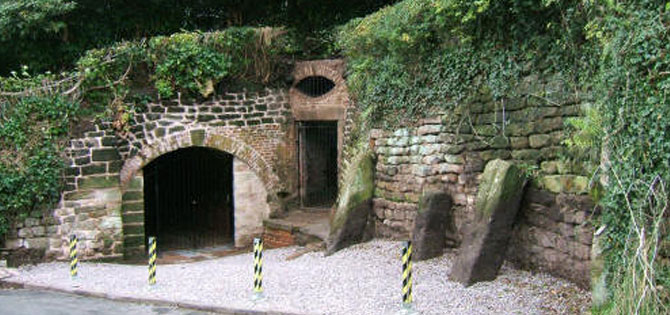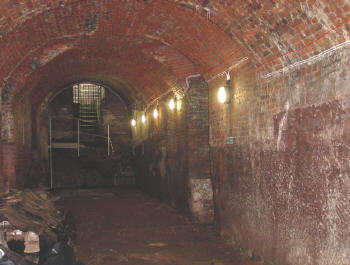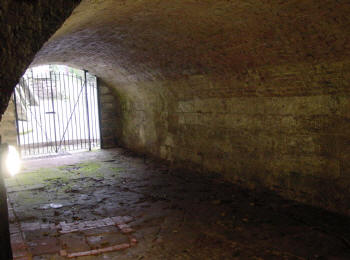
During 2005 work was carried out by English Heritage (now called Historic England) to allow visitor access, the vast unique 17th century malting cellars are available for public viewing by arrangement.
The cellars extend beneath The Malthouse and its gardens.
The present building and cellars, parts of which
date back to c1680 appear to have been constructed from an open
stone quarry that was vaulted over in brick to form the cellars
making a large dry area for storage, steeping and malting barley.
Inside the cellars the temperature is fairly constant all year
round.
|
|
In the mid 19th century Charles Smith and his family lived at The
Malthouse and operated a business from the cellars malting barley.
The malt was then sold to local Public Houses and Inns for the
brewing of beer and ales. Accounts from 1837 have been found showing
deliveries of malt to Great Gate, Alton Park, Wooton Hall and Alton
Towers. Records from 1841 show Charles and his nephews,
occupation as 'maltsters'. The family also made a living as land surveyors
mapping enclosures and tithe awards in this part of Staffordshire. |





